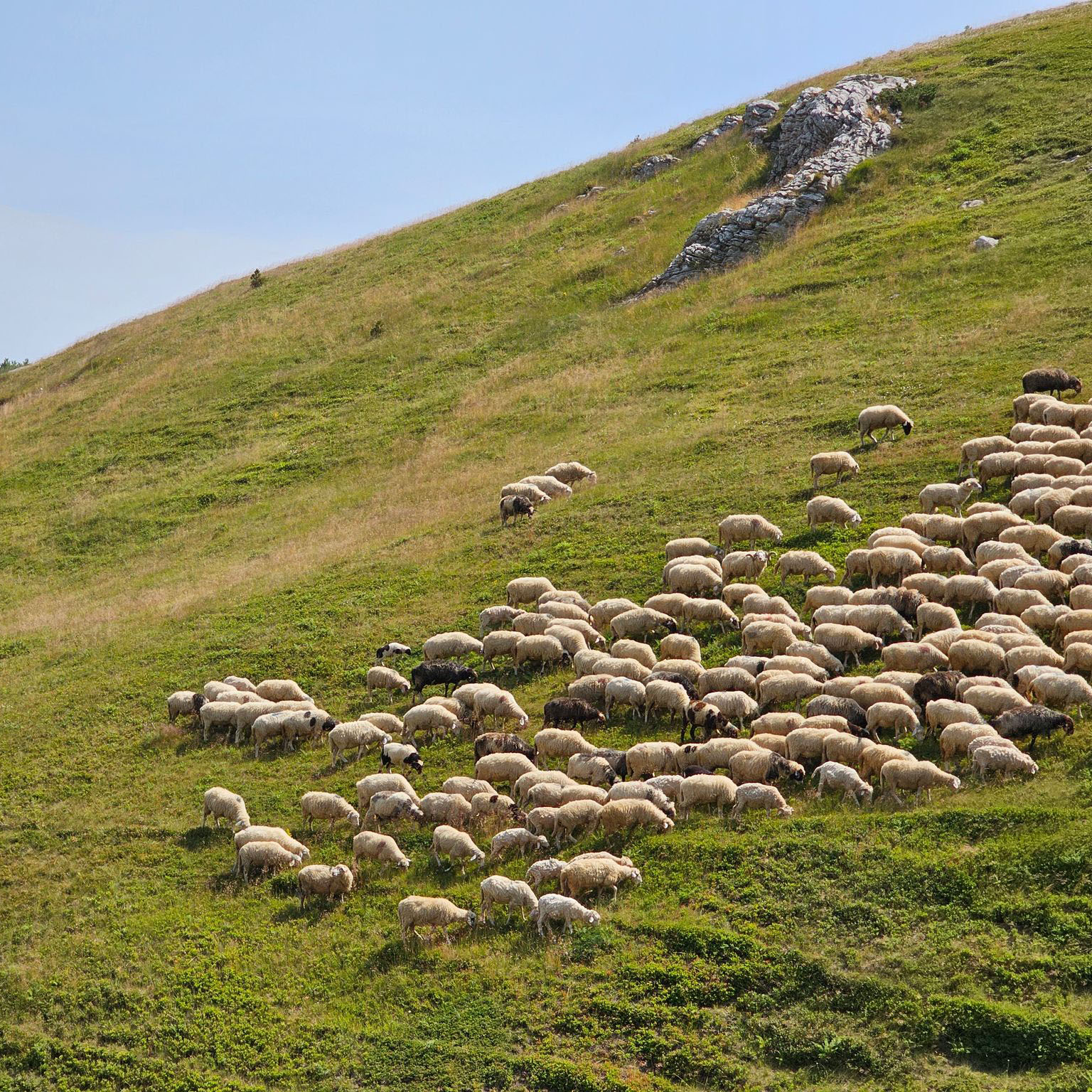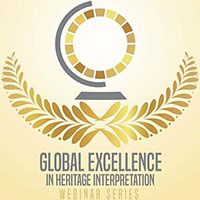A symphony of birth, heritage, and UNESCO recognition.
In the hushed allure of December’s frosty embrace, my mother’s birthday unfolds as a lyrical chapter in the ancestral tale of transhumance – a saga woven into the very fabric of our family’s history. With a twinkle in her eye, she recounts the mystery shrouding the details of her birth on December 9, a date intertwined with the rhythmic journey of cattle – a nomadic ballet that choreographed her arrival amidst the southern pastures of Albania that beckoned with promise.
Generations back, my grandfather and great-grandfather, both shepherds, scripted their verses in the pastoral ballet of transhumance. They were the architects of a craft that resonates through the hills, carried by the hoofbeats of cattle navigating landscapes in pursuit of greener pastures – a timeless legacy that spans across the ages.
Amidst the echoes of our family’s nomadic roots, a recent revelation adds a global resonance. On 7 December 2023, the Intergovernmental Committee for the Protection of Intangible Cultural Heritage gathered in Botswana at the 18th conference and voted to include transhumance (livestock migration) in the list of intangible cultural heritage of humanity. This decision not only draws a connection between our familial narrative and a national legacy but also spotlights the profound role of transhumance in preserving natural resources.
Born eons ago, transhumance now carries the weight of a sacred duty – to uphold the delicate equilibrium of nature’s symphony. It emerges as a guardian of balance, ensuring the flourishing of meadows, the well-being of herds, and the rejuvenation of the earth. Beyond a migratory practice, transhumance embodies a commitment to a harmonious relationship among people, cattle, and the fertile meadows that sustain them.
As we navigate the currents of modernity, transhumance faces challenges, yet it adapts and endures, becoming a tale of resilience – a living saga that fuses the wisdom of the past with the demands of the present.
In conclusion, my mother’s December birth serves as more than a personal milestone. It symbolises a connection to a heritage of transhumance – a living, breathing ode to nature. It is a celebration of the delicate balance maintained by generations past and a call to action for those entrusted with preserving this ageless dance for the generations yet to come.
Daniela Ruçi works as a grants coordinator for Prespa Ohrid Nature Trust (PONT). She has many years’ experience as an environmental expert and previously worked as a manager for the Education for Sustainable Development (ESD) programme. Daniela is IE’s Design Officer, and she can be contacted at: daniela.ruci@interpret-europe.net
To cite this article: Ruçi, Daniela (2023) ‘Transhumance‘ in Interpret Europe Newsletter 4-2023, pg.17.
Available online: https://interpret-europe.net/wp-content/uploads/2023/12/IE-Newsletter-2023_4-winter.pdf



